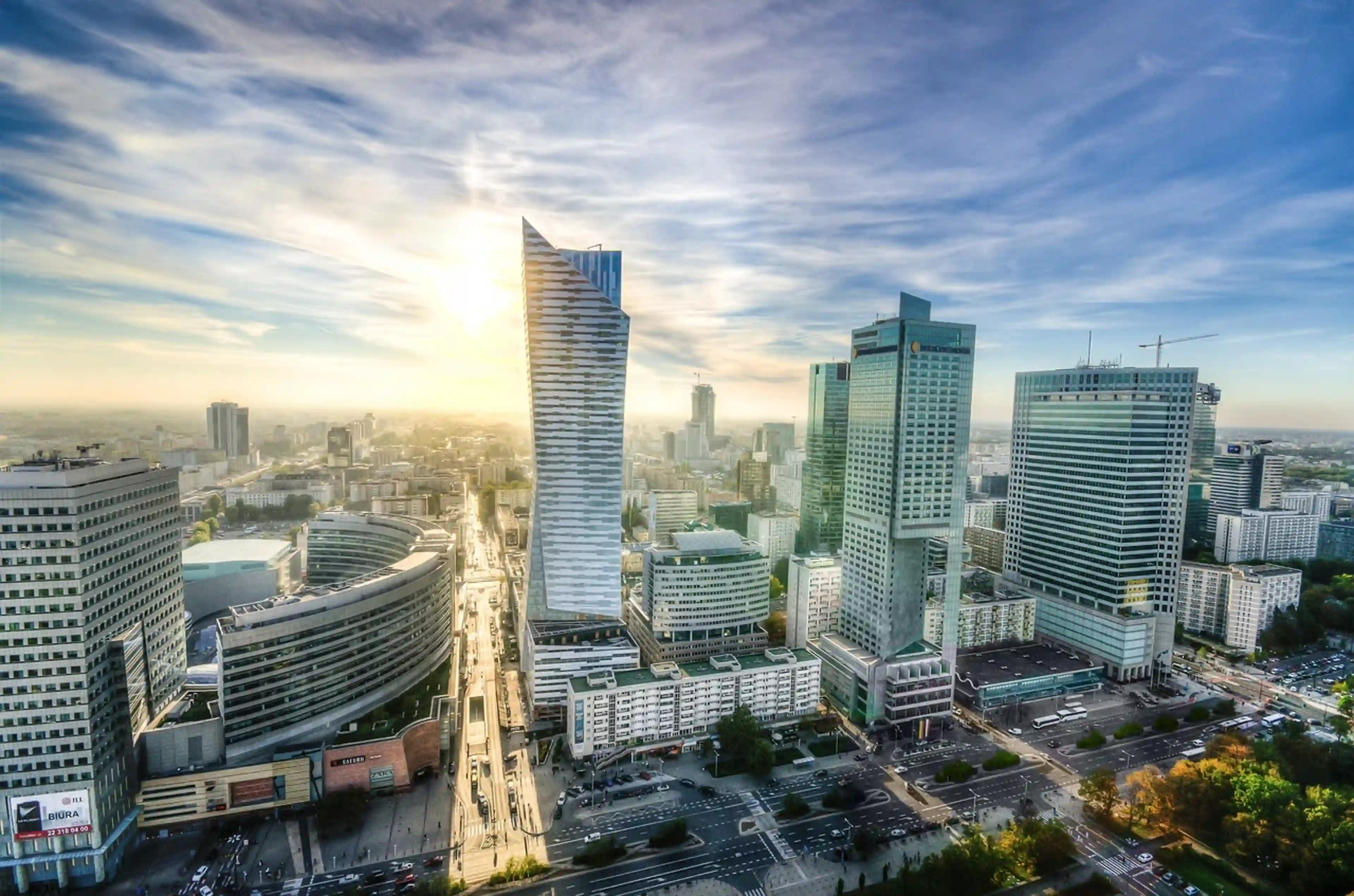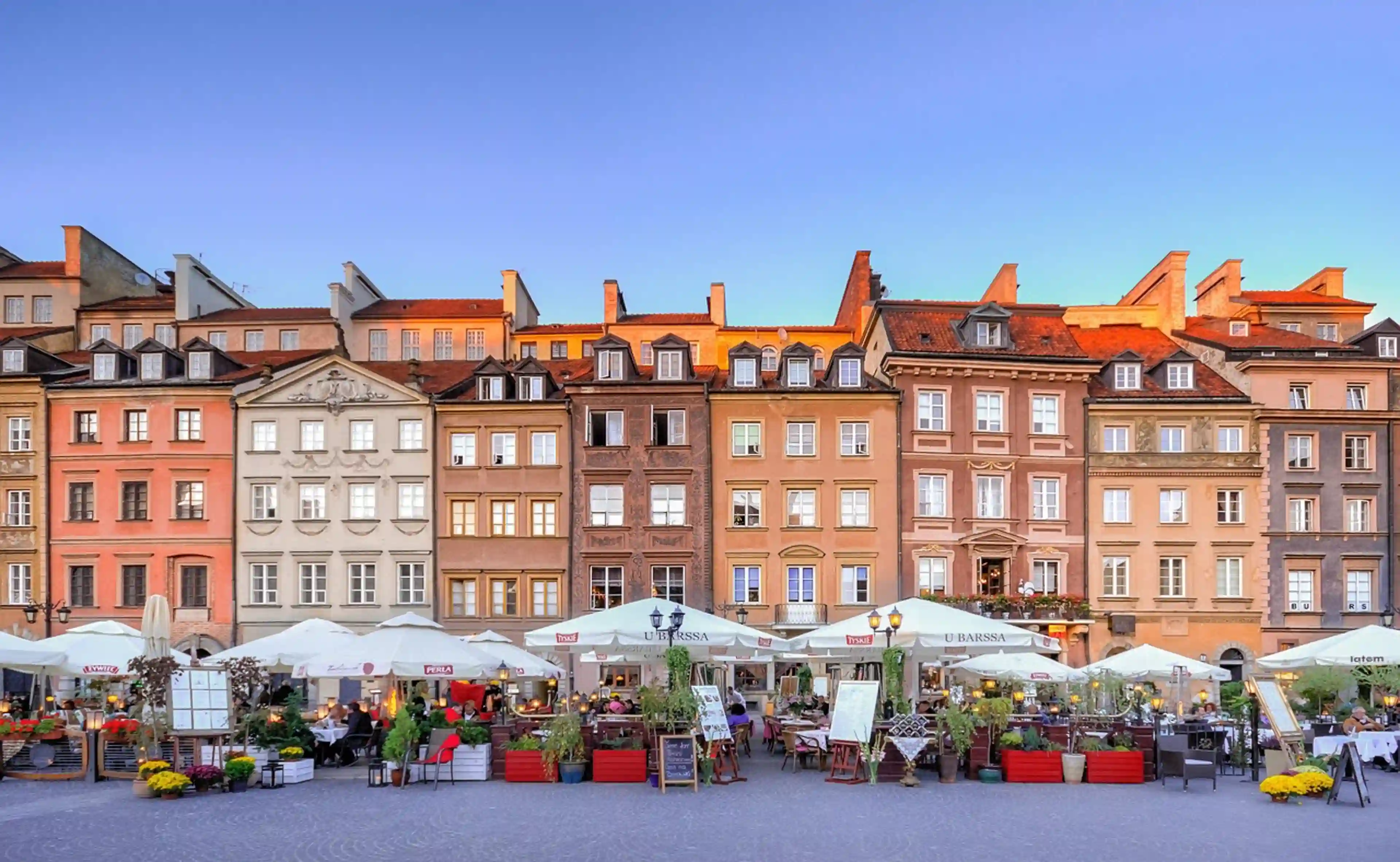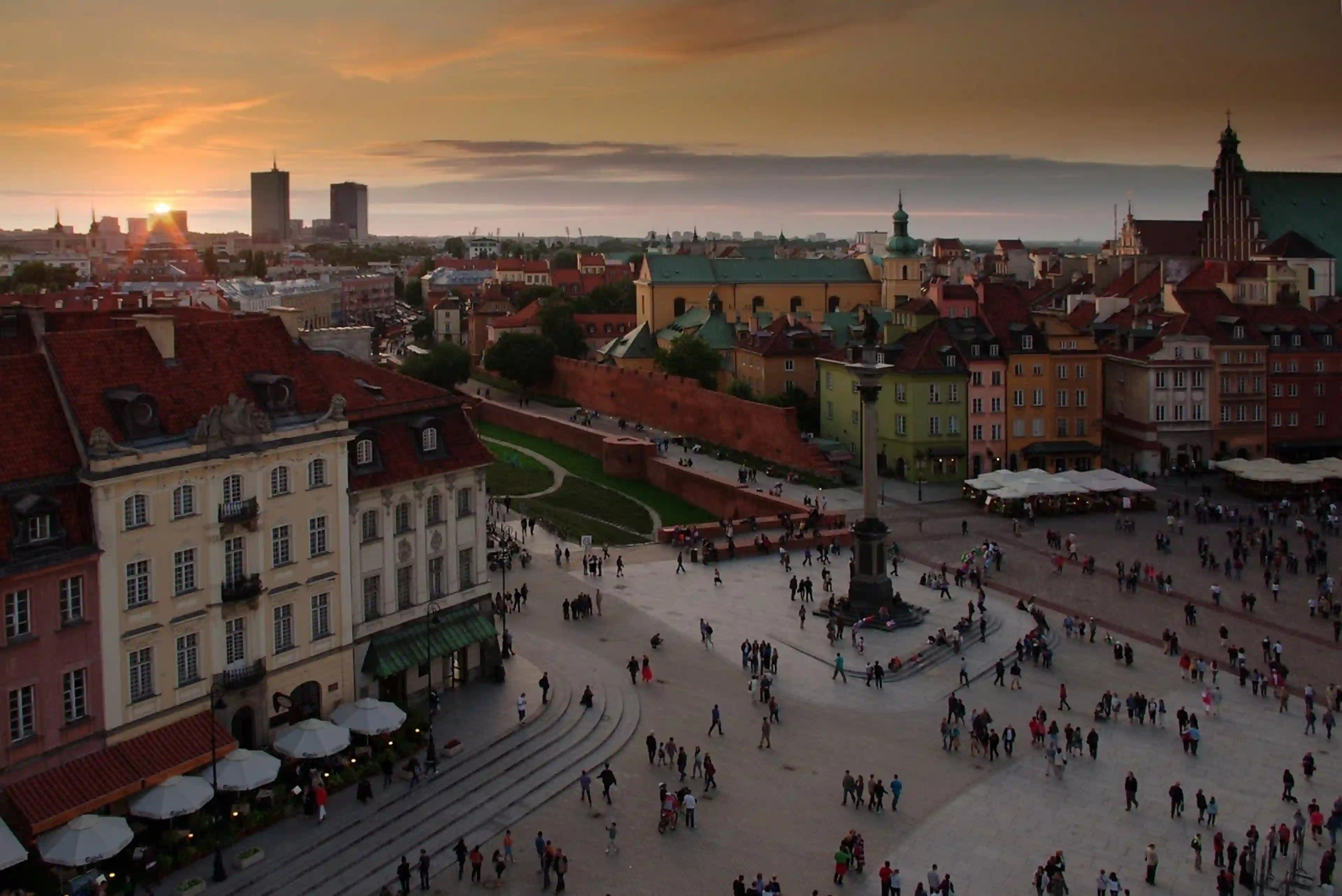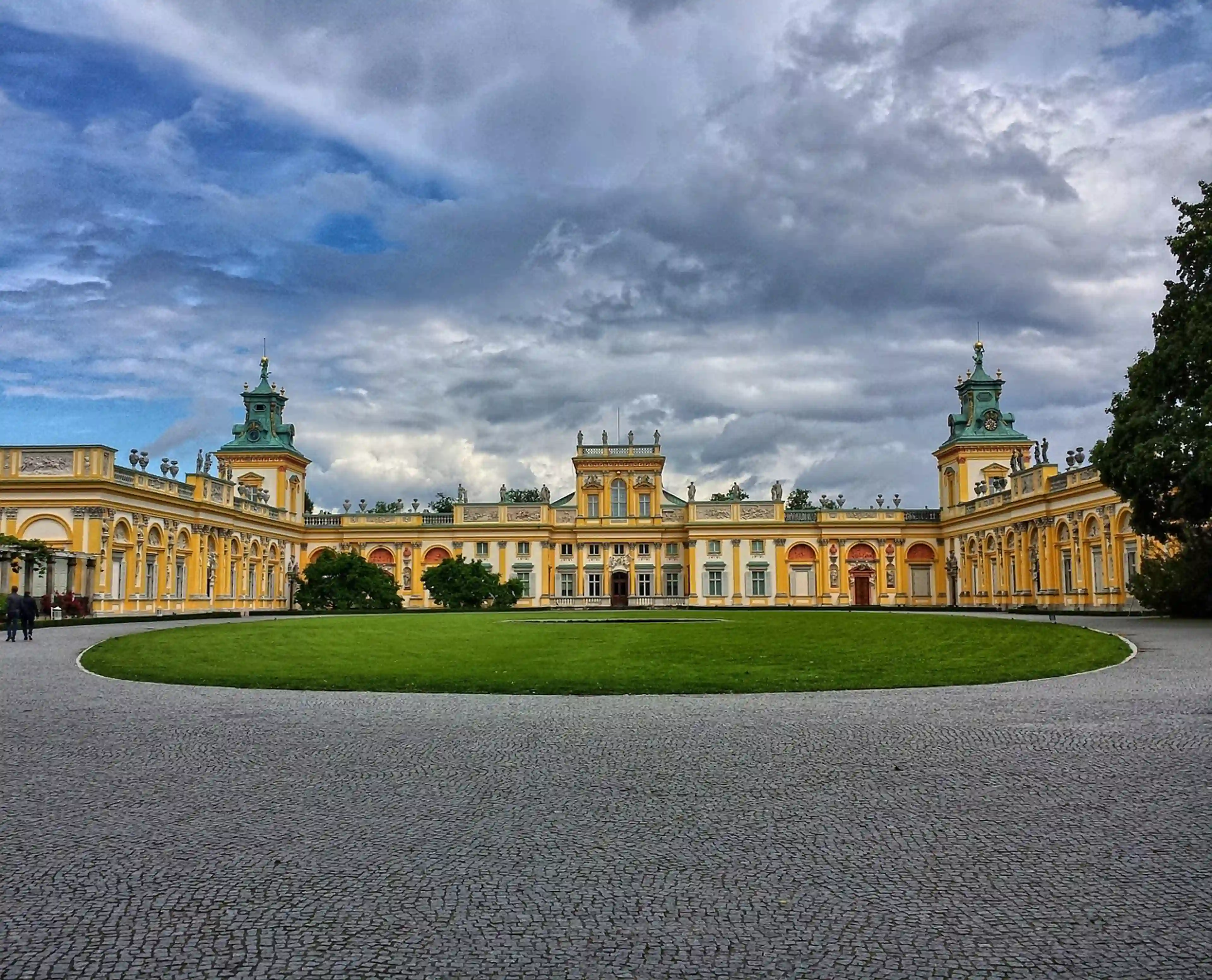Warsaw
General presentation
Top 50
History, culture & traditions
Travel advice
Wikipedia
Viator activities
Tiqets activities
General presentation
Overview
The capital of Poland since 1596, Warsaw is a dynamic metropolis that perfectly embodies the alliance between history and modernity. Nicknamed the "Phoenix City" for its exemplary reconstruction after the destructions of World War II, it is now established as a major economic, cultural, and educational center in Central Europe. This remarkable rebirth bears witness to the resilience and determination of its inhabitants.
Geographic situation
The city stretches along the banks of the Vistula River, in the northeast of Polish territory. Strategically positioned about 300 kilometers from the Baltic Sea and the Carpathians, it occupies the heart of the Mazovian Voivodeship. This central location makes it a natural crossroads between Western and Eastern Europe.
Atmosphere and character
The unique atmosphere of the Polish capital arises from the harmonious coexistence of carefully restored historical architecture and contemporary skyscrapers. The city pulses with a particularly rich cultural life, punctuated by numerous museums, theaters, and festivals throughout the year. Green spaces, notably the magnificent Łazienki Park, offer welcome respites in the heart of this urban excitement.
Climate
The humid continental climate characterizes the region, with marked contrasts between the seasons. Winters are harsh, with temperatures often below freezing accompanied by regular snowfall. In contrast, summers bring warmth and sunshine, with temperatures frequently reaching 24°C, creating ideal conditions to enjoy the city.
Best season to visit
The optimal period extends from May to September, when mild temperatures and sunny days favor the exploration of the capital. Autumn, particularly the month of September, is also an excellent choice due to still favorable weather conditions and lower tourist traffic, allowing for a more serene exploration.
Access
Two main airports serve the destination: Chopin Airport, conveniently located about 10 kilometers southwest of the city center, and Modlin Airport, further out at 40 kilometers to the north. The railway network and coach services also ensure efficient connections with major national and European destinations.
Internal transport
A modern and efficient public transport network facilitates urban movements, combining:
- Metro lines
- Tram network
- Bus services
Complementary solutions enrich the mobility offer, notably taxis, ridesharing services, and bike rental systems for an ecological exploration of the metropolis.
Top 50
Wikipedia
Viator activities
Tiqets activities



